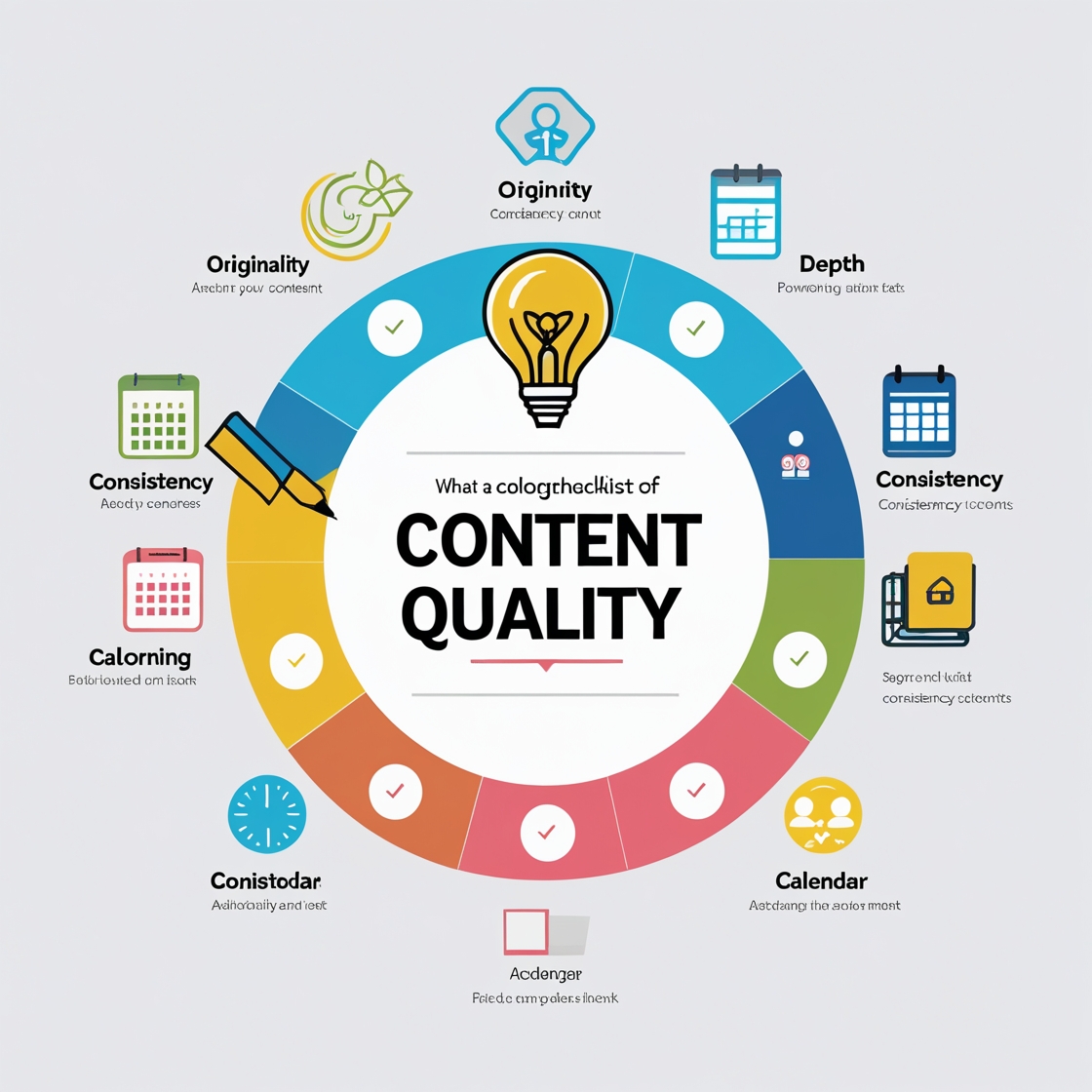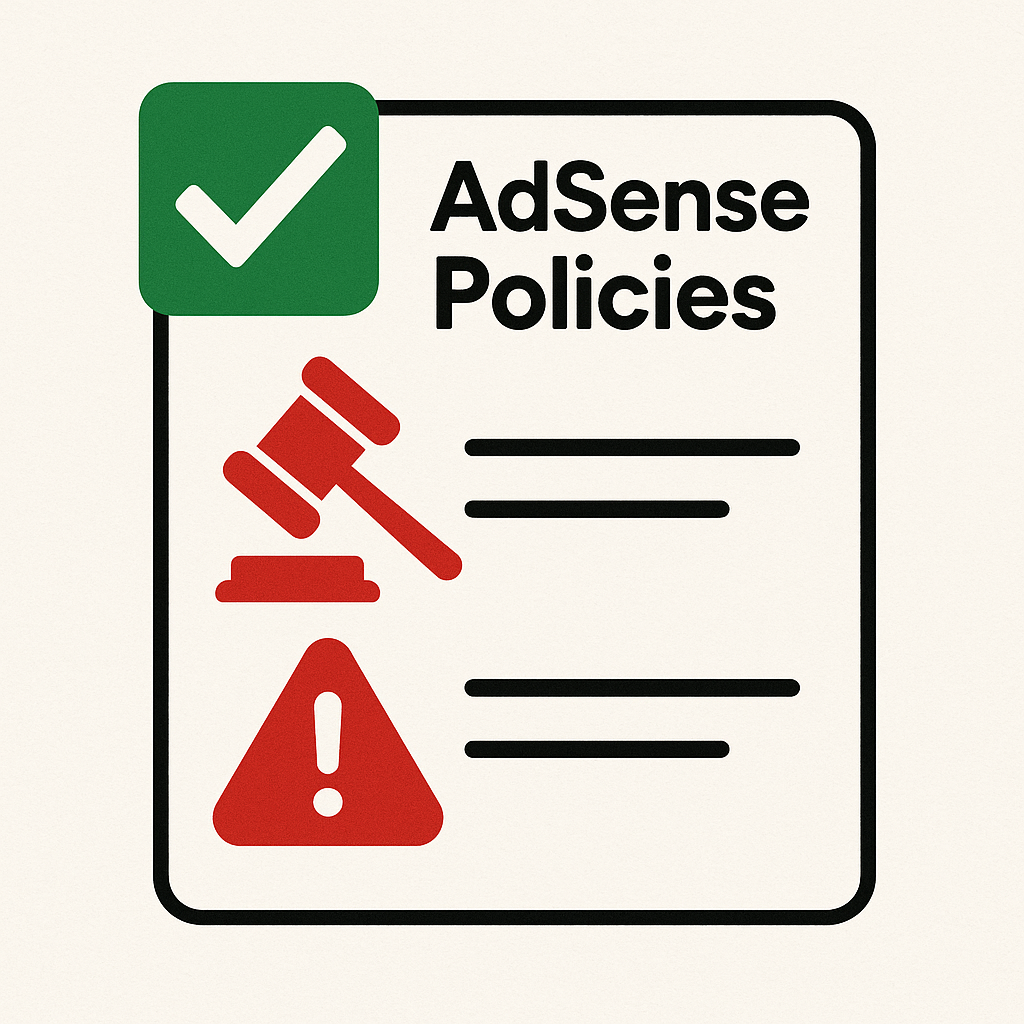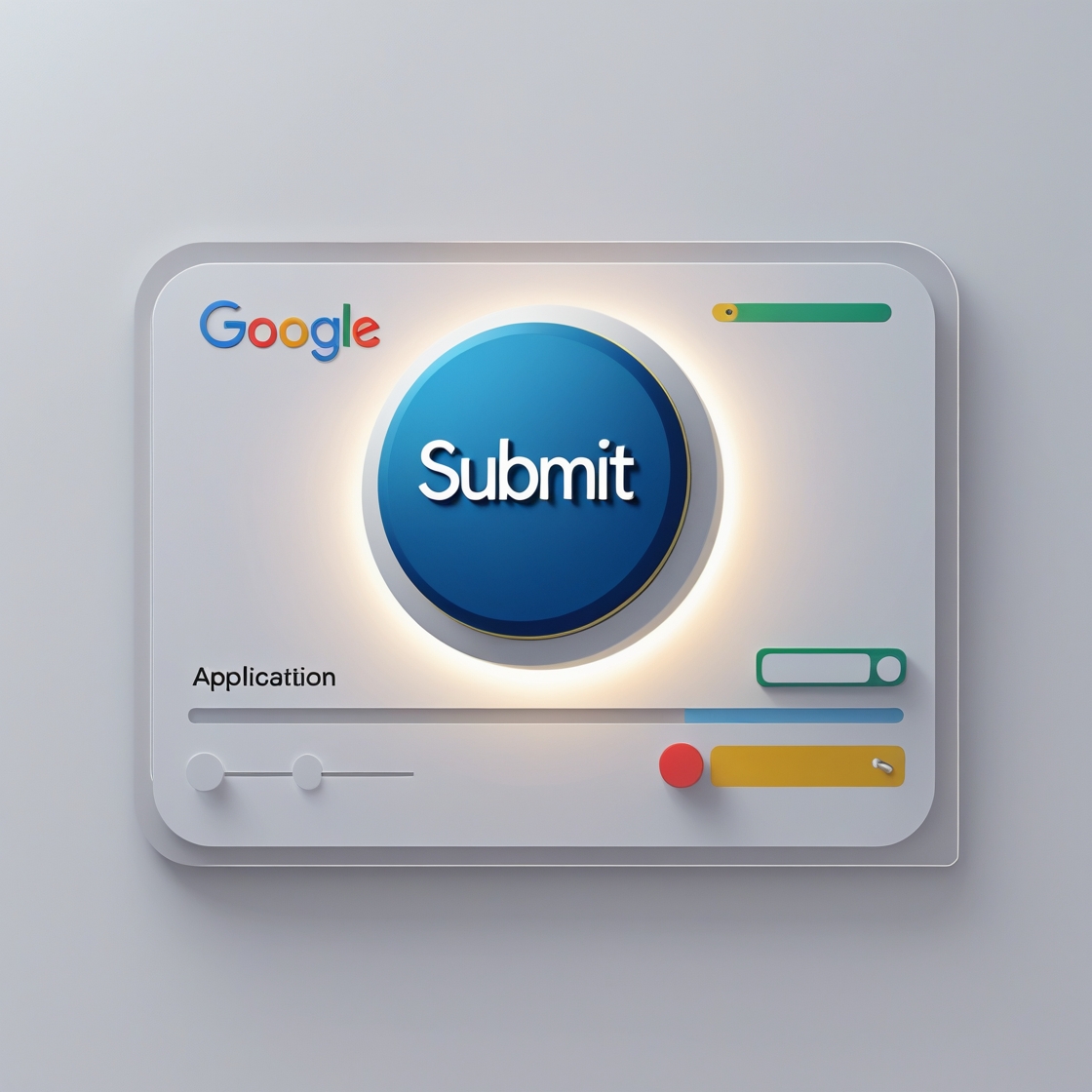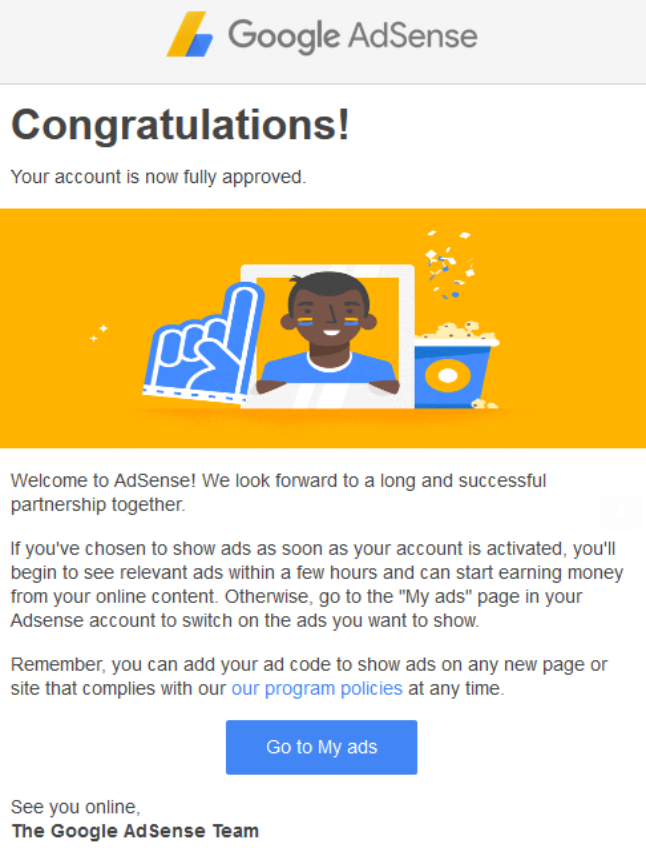Google AdSense is a fantastic way to monetize your website or blog by displaying ads and earning revenue. However, getting approved for AdSense can be challenging, especially for beginners. This guide will walk you through the steps to increase your chances of approval, written in a friendly and approachable tone to make the process feel less daunting. Let’s dive in!
What is Google AdSense?
Google AdSense is an advertising program that allows website owners to earn money by displaying ads on their site. Once approved, Google places relevant ads on your pages, and you earn revenue when visitors view or click on them. It’s a popular choice for bloggers, content creators, and small business owners looking to generate passive income.
Why is AdSense Approval Important?
Getting approved for AdSense means Google trusts your website to deliver quality content and a good user experience. Approval unlocks the potential to earn money while focusing on creating content you love. However, Google has strict guidelines, so preparation is key to avoid rejection.
Step-by-Step Guide to Get Approved for Google AdSense
Follow these actionable steps to optimize your website and boost your chances of approval.
1. Create High-Quality, Original Content
Content is the heart of your website. Google AdSense prioritizes sites with valuable, original, and engaging content. Here’s how to make your content stand out:
Pro Tip: Use tools like Grammarly or Hemingway to improve readability and ensure your content is error-free.
Read also: Best AdSense Niches 2025

2. Optimize Your Website Design
A user-friendly website is crucial for AdSense approval. Google wants to ensure visitors have a positive experience. Focus on these design elements:

3. Include Essential Pages
Google AdSense requires specific pages to ensure your site is legitimate and transparent. Create the following:
Pro Tip: Place links to these pages in your website’s footer or navigation menu for easy access.
4. Comply with AdSense Policies
Google has strict policies to maintain a high-quality ad network. Violating these can lead to instant rejection. Key policies to follow:

5. Drive Organic Traffic
While AdSense doesn’t require a minimum traffic threshold, having some organic traffic signals to Google that your site is active and valuable. Here’s how to attract visitors:
Pro Tip: Focus on long-tail keywords (e.g., “best vegan chocolate cake recipe” instead of “cake recipe”) to rank higher on search engines.
6. Meet Technical Requirements
Before applying, ensure your site meets these technical criteria:
7. Apply for AdSense Correctly
Once your site is ready, it’s time to apply. Follow these steps:
- Sign Up: Visit the Google AdSense website and create an account.
- Submit Your Site: Enter your website URL and follow the prompts to connect your site to AdSense.
- Add AdSense Code: Google will provide a code snippet to add to your site’s HTML. If you’re using WordPress, plugins like Site Kit by Google can simplify this.
- Wait for Review: Google typically takes 1–2 weeks to review your application. Check your AdSense dashboard for updates.

Common Reasons for AdSense Rejection (and How to Fix Them)
If your application is rejected, don’t panic! Google will provide a reason. Here are common issues and solutions:
Pro Tip: Wait at least 2–4 weeks after making changes before reapplying to show Google your site has improved.
Tips to Maintain AdSense Approval
Once approved, keep your account in good standing with these tips:
Final Thoughts
Getting approved for Google AdSense is a rewarding milestone for any website owner. By focusing on quality content, a user-friendly design, and policy compliance, you’ll set yourself up for success. Be patient, keep improving your site, and don’t get discouraged by rejection—it’s part of the process!
Start implementing these steps today, and you’ll be on your way to monetizing your passion. Have questions or need help? Drop a comment below, and let’s keep the conversation going!

